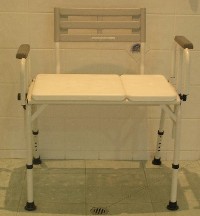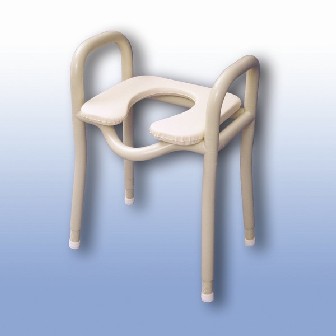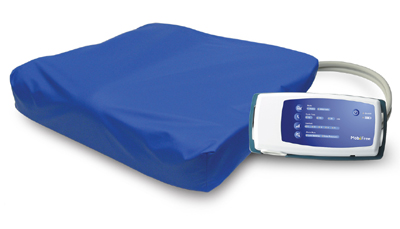Short Description
Slip resistant floors are essential for a safe environment, both in the home and in public areas such as hospitals, swimming pools, and shopping centres. With any product chosen for safety reasons, there will still be a human factor which cannot be controlled. The risk of slipping, falling and causing injury is always present. Certain types of flooring contribute to reduction of pain and fatigue from standing.
More Details
Points to consider when buying slip resistant flooring:
. Use in wet areas, greasy conditions, high impact areas, indoors, outdoors, playgrounds.
. Fire retardancy.
. Effect of substances, eg. chemicals, detergents, likely to come into
contact with floors.
. Possibility of modifying the existing floor surface with a slip resistant
floor coating.
. Comfort for barefoot walking, especially in bathroom / around pool.
. Ease of installation.
. Ease of cleaning.
. Compatibility of flooring and likely footwear.
. Resistance to staining, UV light.
. Durability.
. Need for drainage in wet areas.
. Need for bevelling of mat edges to help prevent tripping.
. Need for epoxy grouting (instead of ceramic grouting which may absorb body fluids and cause staining and odour problems).
Other considerations:
. Tiles with matte or textured finish are safer than tiles with a high gloss
surface.
. Slip resistant mats are less expensive than slip resistant fitted floor
coverings, if only a small area needs to be slip resistant.
. Hoists and wheelchairs are most manoeuvrable on vinyl flooring, which may not be slip resistant, especially if wet.
. Textured and raised profile floorings, while slip resistant, may be more difficult to clean.
For further information, look up the yellow pages of the telephone book under 'matting'.
We are pleased to receive feedback on the information we provide... If there is something we should add or need to change, please let us know.
These are general suggestions - if you experience considerable difficulty finding a solution to your problem, consult an occupational therapist at a community health centre or aged care assessment team, or make an appointment with the ILC.


 subscribers
subscribers 






